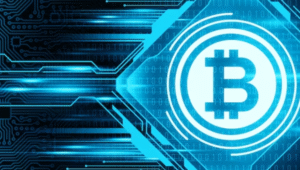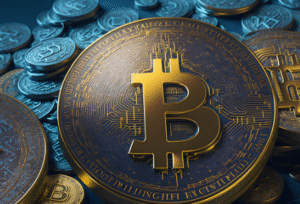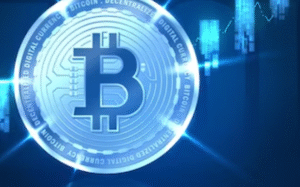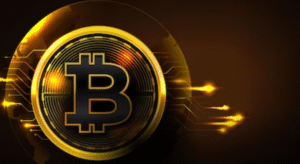$SOL $ETH #Solana #Crypto #Blockchain #Decentralization #AWSOutage #CryptoNews #Web3 #Cryptocurrency #Ethereum #Fintech #TechNews
How Did Solana Handle the AWS Outage? Discover Its Impact on Decentralization!
In recent days, Solana’s news has been dominated by its performance during the significant AWS outage that affected numerous crypto platforms. While major players struggled, Solana’s decentralized infrastructure showcased its resilience. This incident serves as a critical case study in the ongoing debate around decentralized versus centralized systems in the blockchain space.
AWS, or Amazon Web Services, is a backbone for many applications, including several cryptocurrency exchanges and platforms. When it experienced downtime, many users faced disruptions, leading to questions about the effectiveness and reliability of centralized systems. In stark contrast, Solana maintained its operations seamlessly, highlighting the strengths of its decentralized architecture.
Understanding Solana’s Decentralization
Solana operates on a unique proof-of-history mechanism combined with a proof-of-stake system, allowing it to process transactions at lightning speed while ensuring security. This dual approach not only enhances its scalability but also fortifies its resilience against outages like the recent AWS incident. The decentralized nature of Solana’s network means that it is less reliant on any single point of failure, a critical advantage in times of crisis.
Moreover, Solana’s decentralized validators play a crucial role in maintaining the network’s integrity. With thousands of nodes distributed globally, the network can withstand localized outages without significant impact on its overall performance. This structural advantage solidifies Solana’s position as a formidable player in the crypto ecosystem.
The Implications for the Crypto Market
The AWS outage is not just a technical glitch; it reflects broader implications for the cryptocurrency market. As users become increasingly aware of the vulnerabilities associated with centralized platforms, the demand for decentralized alternatives like Solana is likely to grow. This shift in perception could lead to a significant market realignment, with investors gravitating towards decentralized solutions.
Furthermore, Solana’s ability to remain operational during this crisis may attract new users and developers seeking a reliable platform for building decentralized applications (dApps). As the ecosystem expands, the potential for innovation and growth within the Solana network could be immense.
What’s Next for Solana?
Looking ahead, Solana’s developers are focused on further enhancing its infrastructure. Continuous updates and improvements will ensure that it remains at the forefront of the decentralized movement. As the network scales, it may also consider new partnerships and integrations that could bolster its ecosystem.
For investors, the recent AWS incident serves as a reminder of the importance of evaluating the underlying technology of blockchain projects. As the landscape evolves, staying informed about developments in decentralized technologies will be crucial for making strategic investment decisions.
In conclusion, Solana’s robust response to the AWS outage reinforces its status as a leading decentralized platform. By understanding the implications of this event, investors and users can better navigate the complex crypto landscape. For more insights on the latest trends in cryptocurrency, check out our crypto section. Additionally, for those looking to trade and explore new opportunities, consider visiting Binance.
As the world of finance continues to evolve, keeping an eye on decentralized solutions like Solana will be essential for anyone invested in the future of digital assets.







Comments are closed.